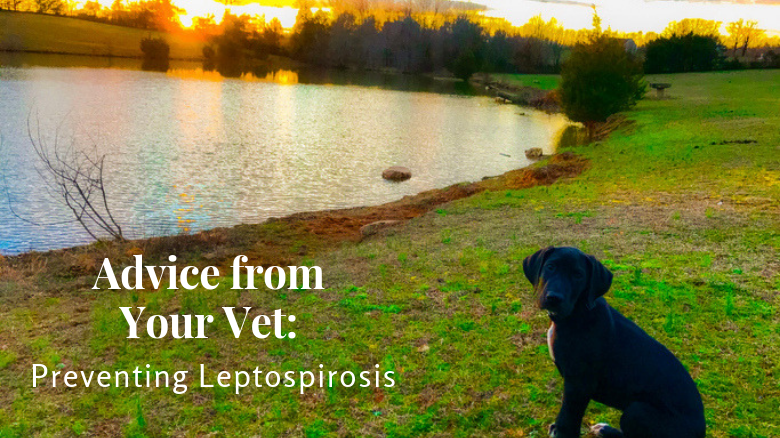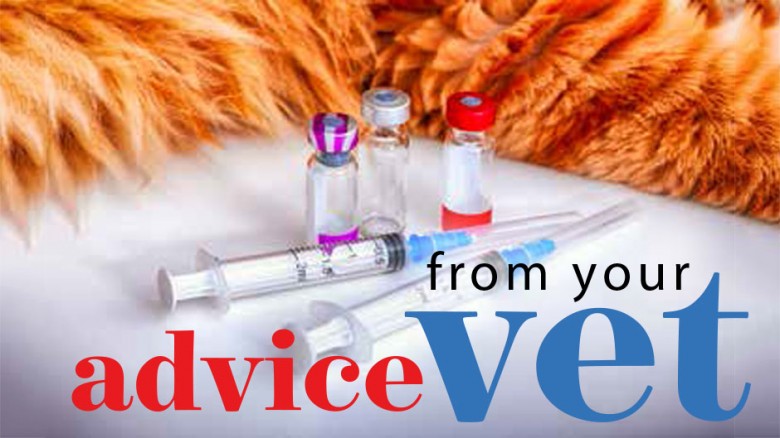In the News
Thyroid Disease

Thyroid disease is one of the most common metabolic diseases affecting dogs and cats. Thankfully, thyroid issues are very treat- able and sometimes curable. The types of thyroid disease that develops in dogs and cats are very different, and it is important to know what are the clinical signs (symptoms) to look for. Hyper- thyroidism, or the overproduction of the thyroid hormone, is a condition that affects a great number of middle-aged and older cats. Hypothyroidism, or the lack of appropriate thyroid hor- mone, is a common issue in middle-aged to older dogs.
Thyroid hormone plays a vital role in the body’s overall metabo- lism and affects almost every organ and function in the body. In cats, a non-cancerous tumor can develop in the thyroid gland, producing too much thyroid hormone. This can speed up the body’s metabolism, causing weight loss, despite a very healthy or sometimes ravenous appetite. We can also see behavior changes, such as agitation, aggressiveness, and increased vocalization. Hyperthyroidism is easily diagnosed by measur- ing the total blood thyroid level. With our feline hyperthyroid patients, there are three approaches to treating the disease. Radioactive iodine can be administered to destroy some of the excess thyroid tissue and return the thyroid hormone to normal levels. This treatment typically cures the disease but is a very expensive and invasive treatment. The most common treatment for hyperthyroidism is a medication called methimazole, which suppresses thyroid production. Methimazole comes in an oral form and transdermal form (absorbed through the skin). The final approach to treating hyperthyroidism is using a prescrip- tion low-iodine diet that helps reduce the amount of thyroid hormone produced. In more mild cases, the prescription diet alone can sometimes manage the disease.
Hypothyroidism in dogs causes the body’s metabolism to slow to a crawl and manifests in weight gain, lethargy, and poor skin and hair coat. When your veterinarian sees a patient with these clinical signs, they will certainly want to review weight loss strat- egies using diet and exercise. They will also recommend checking a thyroid profile, which measures the levels of several different forms of thyroid hormone as well as the level of thyroid stimu- lating hormone (TSH) in the body. Hypothyroidism cannot be cured, but we can supplement the body with a synthetic thyroid hormone called levothyroxine, which can significantly improve their quality of life.
Thyroid disease poses serious risks for both dogs and cats, but it can be safely and often easily managed to ensure a good quality of life for our pets. If your pet is showing signs of thyroid disease, don’t hesitate to seek out assistance from your veterinarian.





